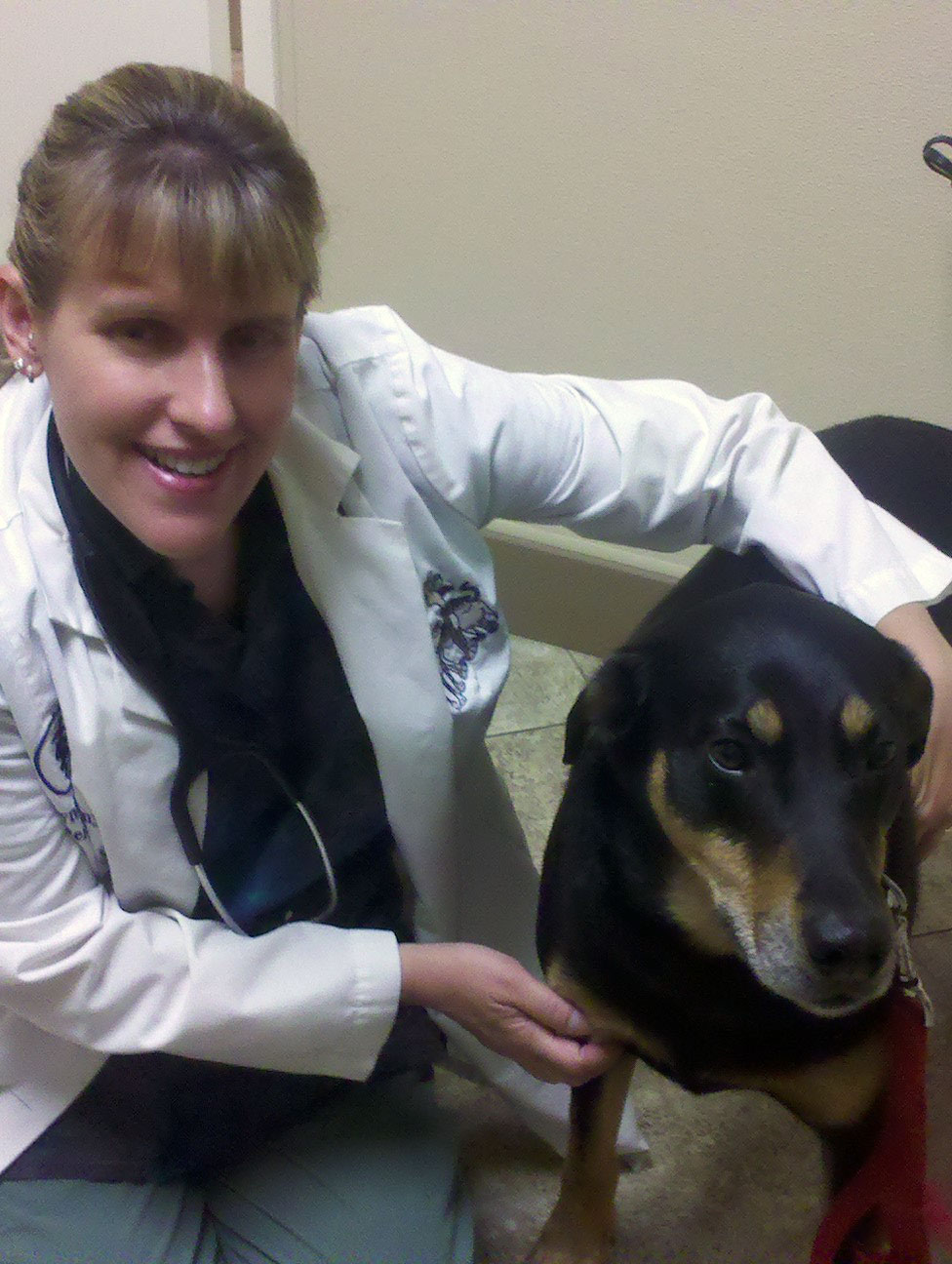 |
Whether or not to use anesthesia is perhaps one of the most sensitive topics in pet care. Many pet owners have suffered the tragic loss of a pet. Often, these pet owners suspect that the death came about due to negligence while their pet was under anesthesia. Sometimes their suspicions are true, sometimes they’re not. The administration of anesthesia is a complex and very risky undertaking and pet deaths can happen even under the best of care.I’m not a veterinarian and I make no claims to be one.I just took the time to do some independent research to educate myself on this subject and I’m choosing to share what I have learned. At the bottom of this article, I have listed all the sources I consulted. |
Anesthesia is given for many procedures, even for some routine procedures such as spaying. In some cases, pet owners may not even be aware that their pet will be under anesthesia. Keep in mind that while the procedure for spaying is relatively routine, most veterinarians never consider the administering of anesthesia as routine.
It is important for pet owners to communicate openly with their veterinarian and for veterinarians to clearly lay out the realities of whatever procedure a pet may need. Pet owners should understand there are many factors which veterinarians consider before administering anesthesia. Again, I’m not a vet but, some of the factors include an animal’s age, size, weight, overall health, and the nature and duration of the procedure. Pet owners need to be forthright and open with their veterinarian to help provide as much information as possible. Something that may seem trivial to you, may be a clue to help diagnose an unknown condition that could weigh heavily on your pet’s survival under anesthesia.
Many veterinarians may ask for a pre-surgical blood screen, or have you sign a waiver if you choose to forgo the cost. The blood screen will test your pet’s blood count and other chemistry, which can help show any hidden concerns. The test’s results could give vital information. For my pets, I definitely want this blood screen.
To further complicate the administration and safety of general anesthesia, there is a smorgasbord of monitoring equipment and a variety of anesthetic agents that can be used. Devices such as pulse oximeters, blood pressure monitors, and oscilloscopes for monitoring. Plus the use of intravenous fluids and endotracheal tubes for administering medications. I don’t know what half of these things are, but I know they are routinely used to help deliver medicines and continuously monitor a pet’s cardiac and respiratory health.
Regardless of what devices get used or what anesthetic medicines get administered there are always risks. Factors which may affect the overall outcome of administered anesthesia include: the presence of a preexisting illness or disease, organ dysfunction, sensitivity to a particular anesthetic agent, age, even the recent ingestion of food. Here’s my thought on this: Go ahead doc, plug in my poodle. Please use every nifty gadget and latest and greatest medicines for my pooch. I value my dog and if it costs me a little more I’ll work some overtime.
Even after a procedure is successfully finished, some pets have post anesthesia-related deaths. It’s important for pet owners to keep a wary eye on their pets and contact their veterinarian if any abnormal behaviors show up. Watch for difficulty in walking, vomiting, or a lack of appetite.
Sometimes tragedies happen even if everything is done correctly. Sometimes it’s the anesthesia, sometimes its other factors beyond anyone’s control. Yes anesthesia is risky, but it’s also often necessary. The overall safety of general anesthesia depends on the anesthetic agent used, the equipment used, pet monitoring, pet status, and the ability of the people involved. The bottom line is this: Consult with your veterinarian, ask them if they use modern medicines, and continuous monitoring, get a pre-surgical blood panel, be forthright and open, follow all your vet’s rules and recommendations, and you should stay vigilant even after you get your pet home.
In 1999, The Journal of the American Animal Hospital Association, Vol 35, Issue 1, published a finding on the complications and mortality associated with anesthesia of dogs and cats. The findings numbers were gathered in a university teaching hospital. During one year 2,556 dogs and 683 cats were anesthetized. Of those animals .43% of dogs and .43% of cats died.
If you play with these numbers some, you will discover that approximately 2/400 dogs died. In my research for this post, I discovered this statistic quoted throughout many websites and blogs. I personally have some problems with using these statistics. My first concern for these statistics is that they’re dated. These numbers are over ten years old and I’m certain many things have changed for the better in the last ten years, or at least I hope so. Second, these numbers were gathered in a university teaching hospital. I may be off-base here, but these are places people go to learn, I think it’s only logical to expect some mistakes while learning. Third nothing in the article spoke for consistency or other variables: what anesthesia was used, were the animals in good health, etc. These are just numbers; albeit scary numbers when your putting your beloved pet’s life on the line.
One more time: I’m not a veterinarian, but I hope I helped shed some light on this very controversial topic. Here are the sources I promised:
https://www.dogchannel.com/dog-health/dogs-and-anesthesia.aspx
https://www.vmb.ca.gov/about_us/cc_anest.shtml
https://veterinarynews.dvm360.com/dvm/article/articleDetail.jsp?id=99207
https://www.jaaha.org/cgi/content/abstract/35/1/13
[…] Anesthesia Risks for Dogs – Natural Dog Products & Fun … […]